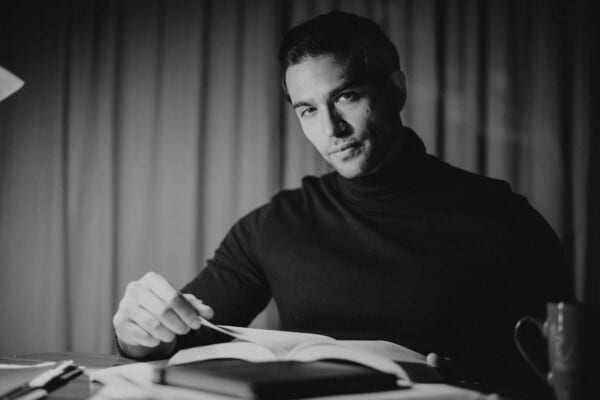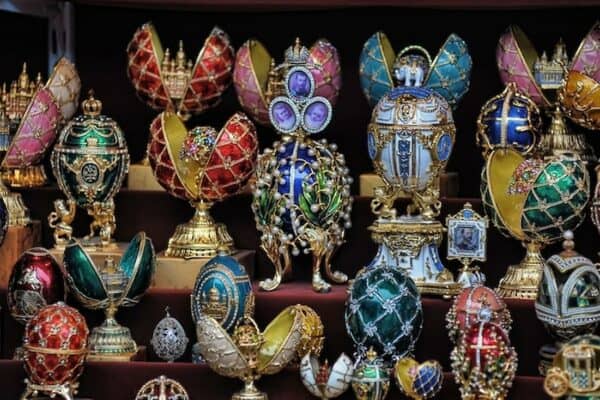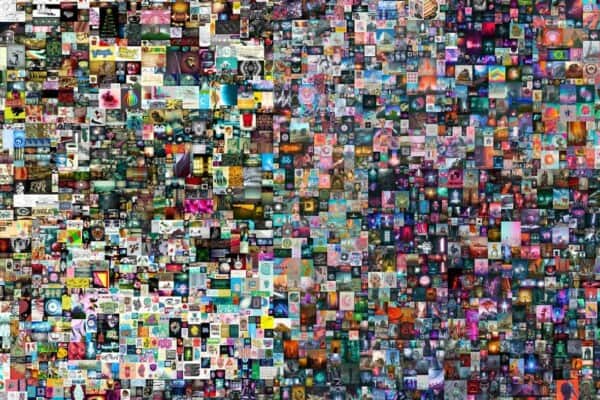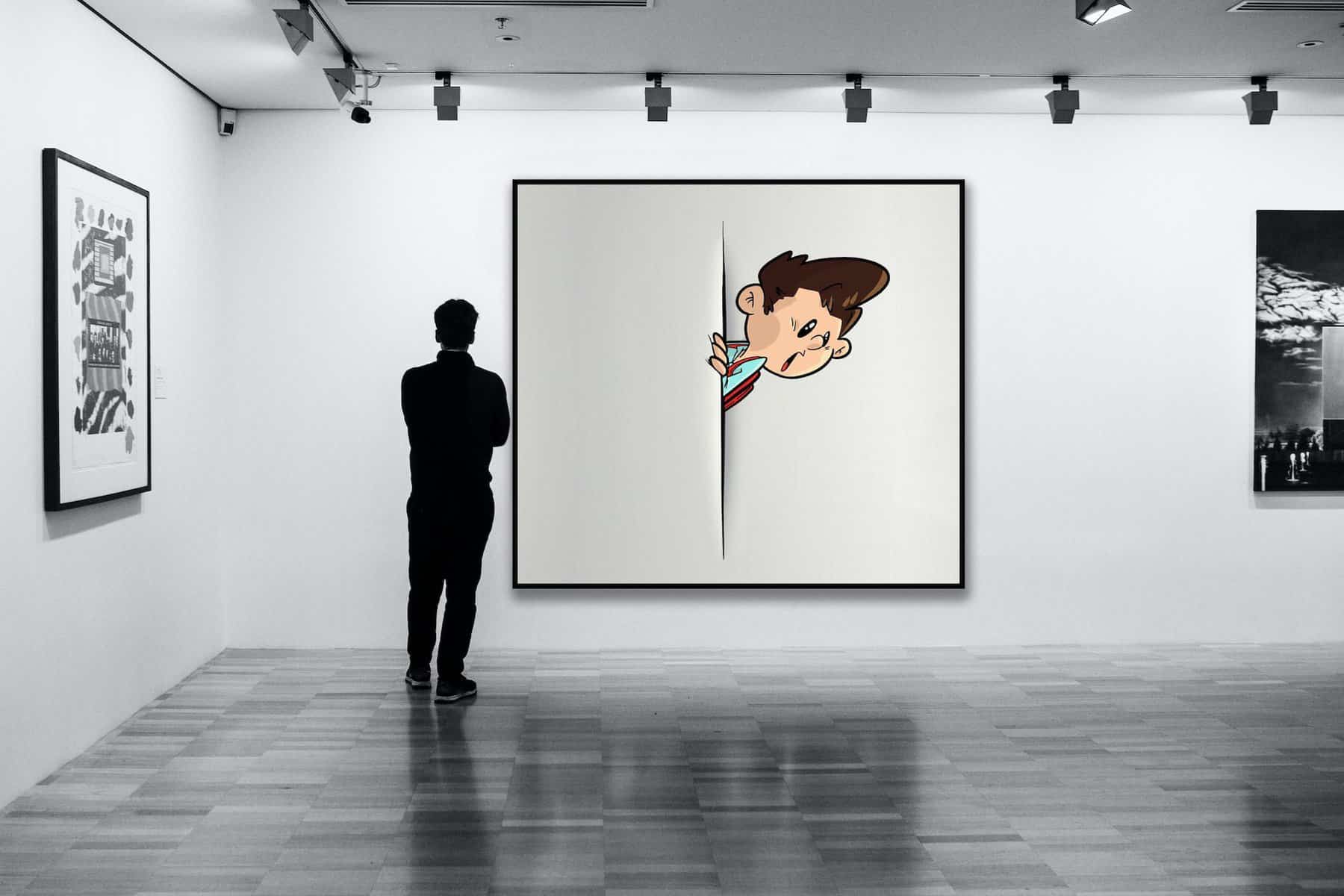
It is well known that oil tycoon J. Paul Getty was exceedingly parsimonious with his money. In order to prevent guests from making expensive international calls, he put dial-locks on all the regular phones in his Surrey estate, and he failed to pay his grandson’s ransom for so long that the kidnappers delivered his ear in the mail.
Yet he still spent millions on artwork and millions more on the construction of the Getty Museum in Los Angeles. He was afraid of flying, so he never even visited the gallery his wealth endowed. Withal, he described himself as an “incurable art-collecting addict,” claiming that he has tried to break the habit multiple times but had major relapses.
However, Getty wasn’t the only one who has gone to extremes to fulfill his art-collecting compulsions. Throughout history, people have hunted, frittered away their money, and even stolen it to fill their portfolios. But what drives these art collectors? What makes them tick?
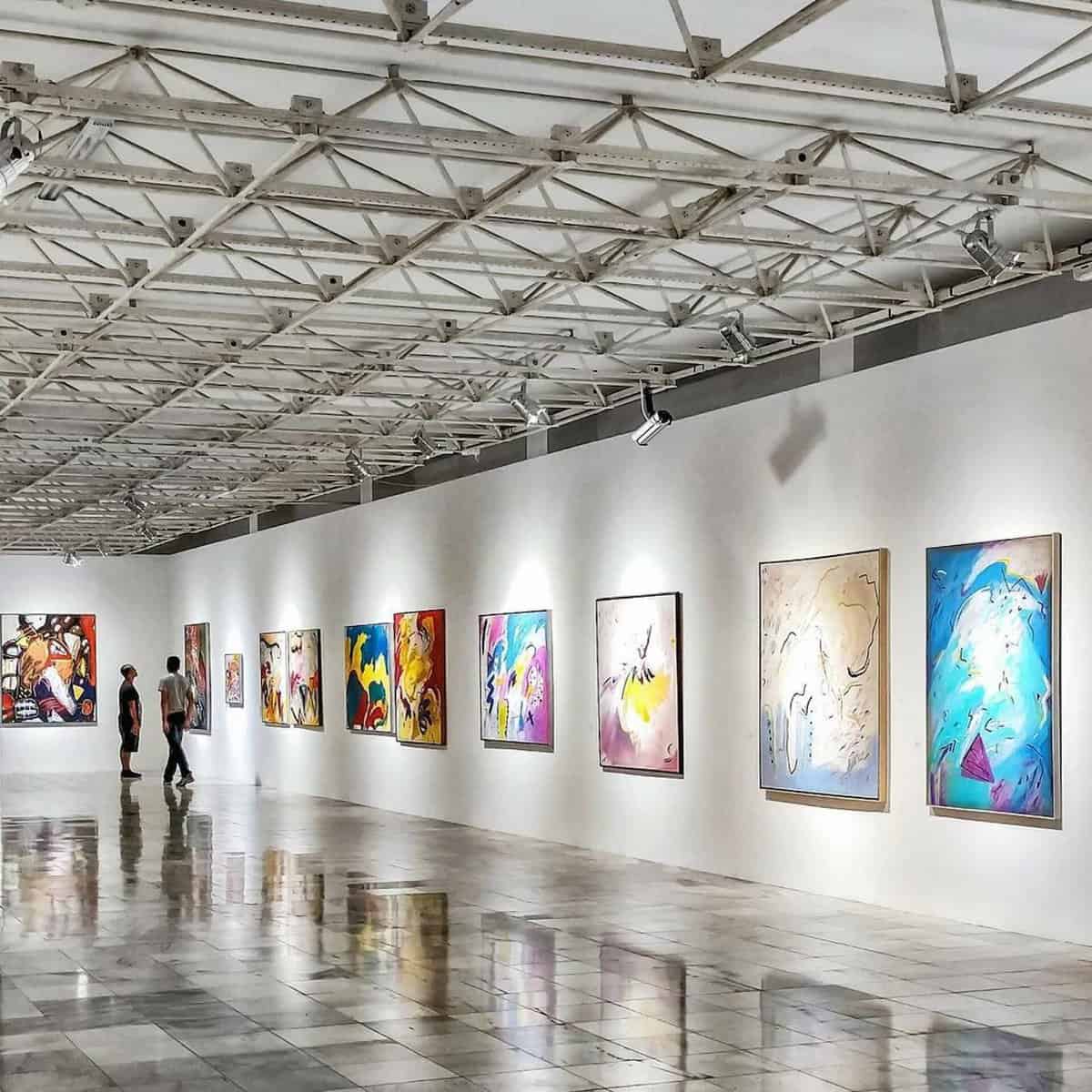
Purchasing artwork is not the same as collecting it. Buying art is more of a recreational activity based on favored selections at any one time, while collecting art is a conscious, focused, long-term endeavor. From the beginning of art-making, it has been widely held that art may be used to perpetuate the personalities of both the artists and the buyers.
The best approach to comprehending the fundamental motivation behind art collecting is to perceive it as a tool to develop and strengthen social relationships as well as a mechanism for collectors to exchange information about themselves and their world.
Go back to when you were a child, and you’d show off your collection of baseball cards to the new kid on the block. By saying “I am a fan of Mickey Mantle“, you were establishing a connection with him and conveying a little information about yourself. The same holds when it comes to art collecting.
Collecting Art in the Area of Fast Change
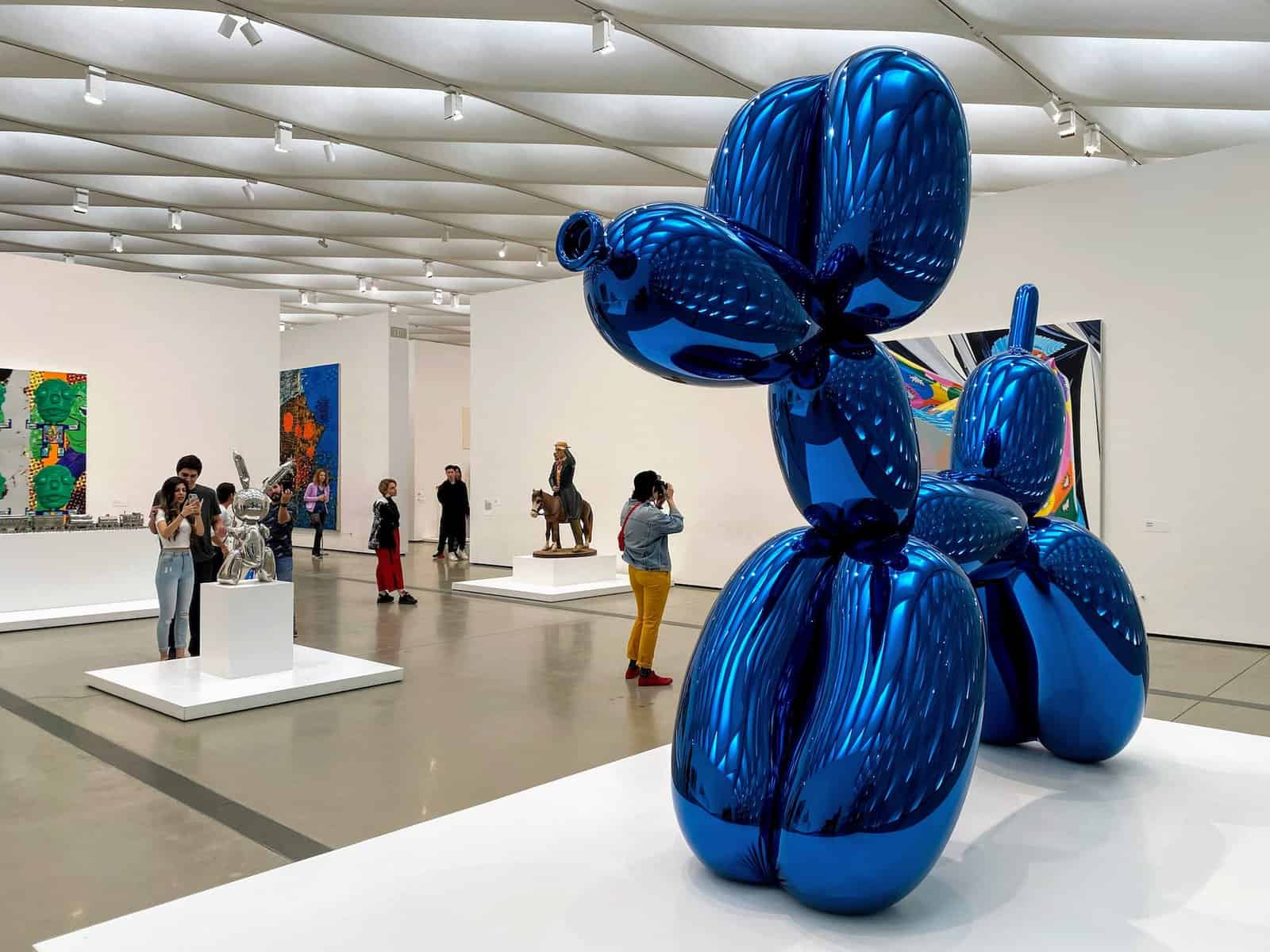
Most people think that the most impressive and expensive art collections in the world belong to royalty and wealthy nobles. But, since the Medici family in the 15th century, bona fide art acquisition has been intertwined with trade, commercial magnates, and merchants.
From Rockefeller and Carnegie and other US industrial titans to diamond traders in Europe, art has been largely at the beck and call of the wealthy for a long time. Thanks to collectors such as Guggenheim, Getty, Gertrude Vanderbilt, and Catherine the Great, we have the chance to study the work of renowned artists from around the world.
In addition to ensuring that information is not lost, collecting art also has the power to shape how history is taught and shared. Nevertheless, this field is an unstable arena that requires imagination, a good sense of taste, the ability to network, financial resources, and an entrepreneurial spirit.
As a result, today’s elite collectors use their fortunes from businesses such as finance, real estate, retail, and, on rare occasions, as members of European nobility, to purchase art and diversify their portfolios. But, more precisely, who are they?
Keep reading to find out who the 15 biggest art collectors in the world are right now.
15. Haryanto Adikoesoemo
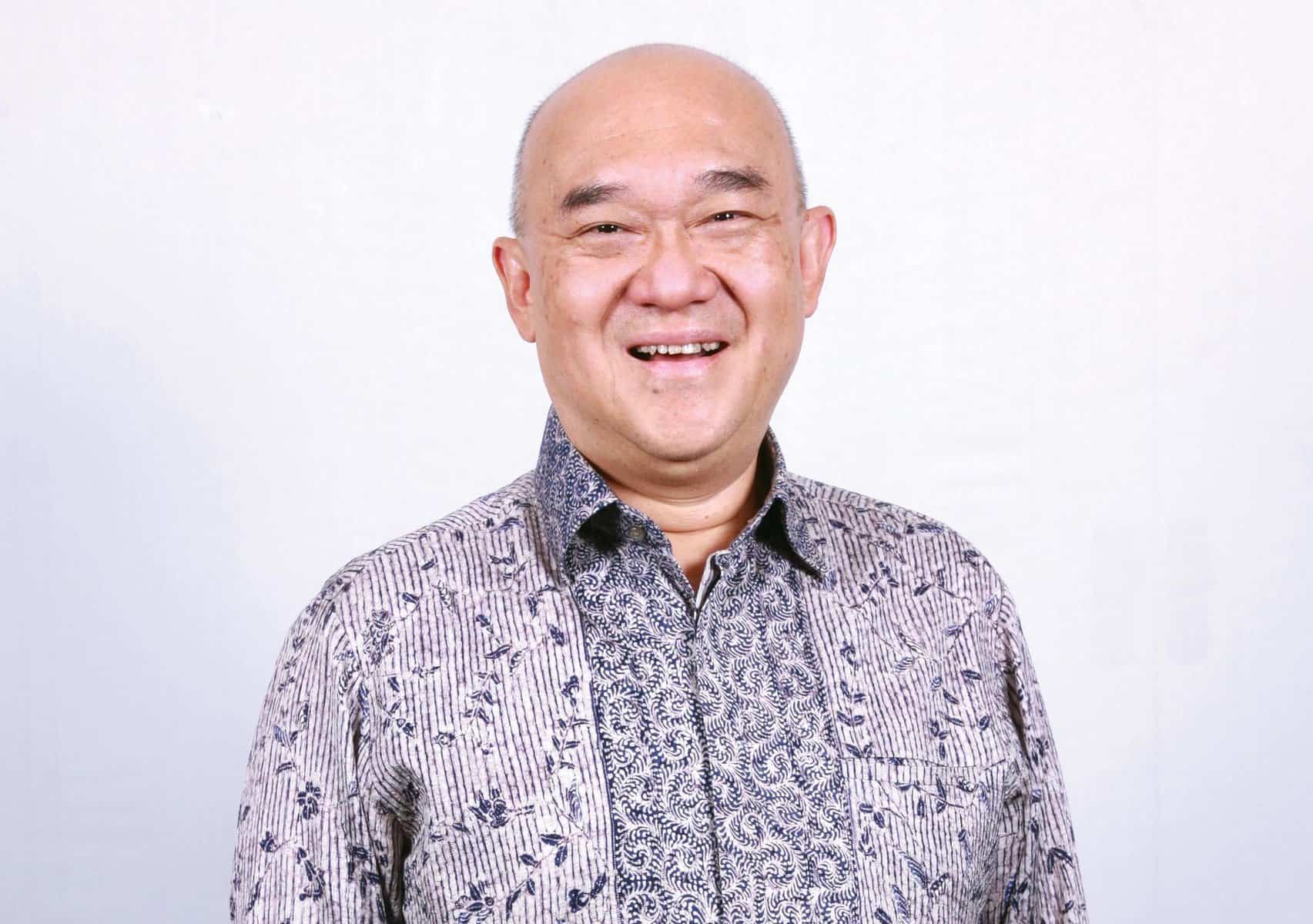
Haryanto Adikoesoemo is the president of AKR, a business that his father founded, and is a pioneer in the distribution of chemicals and energy as well as the development of upscale real estate.
Developing Museum MACAN has been a long-cherished dream for Adikoesoemo. However, his early attempts to collect art were swept away during the Asian financial crisis of 1997 and 1998, when his family lost practically everything. To keep creditors at bay, he was obliged to sell his most precious artwork, including a Renoir and a Picasso.
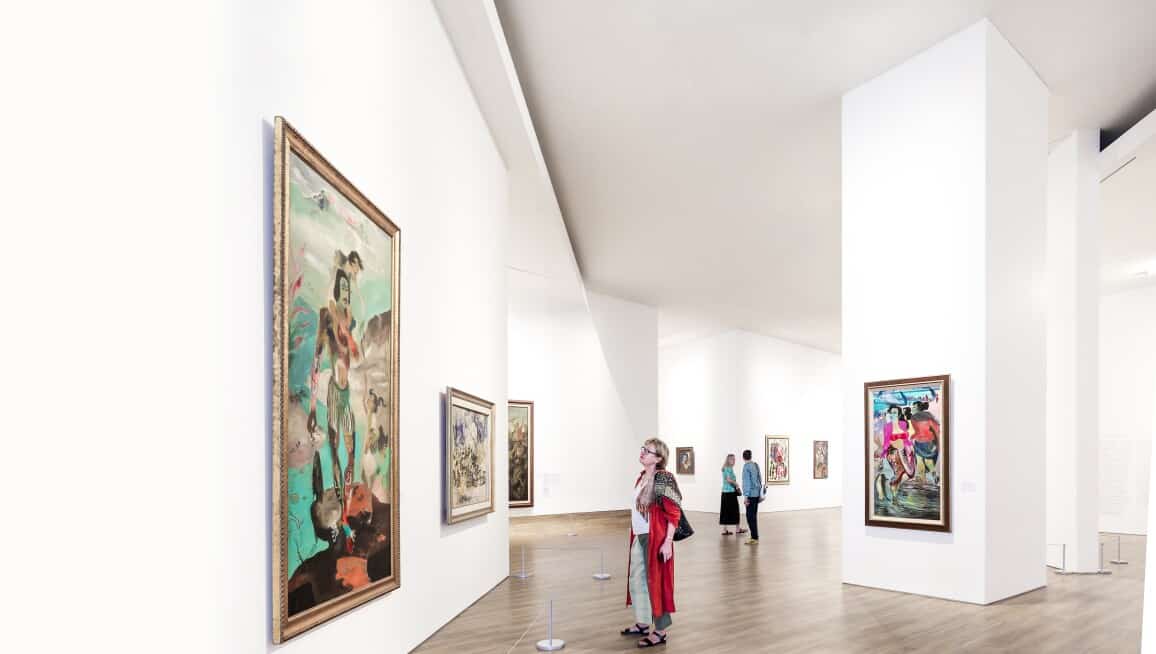
Once the economy began to revive in the early 2000s, Adikoesoemo was able to repay the loans and restart the family business. Ever since, he has been an active member of the Indonesian art scene as well as an influential figure on the international stage.
His collection of 800 pieces includes the work of such big names as Jeff Koons, Andy Warhol, Mark Rothko, and Gerhard Richter, as well as work by lesser-known but widely admired Indonesian artists such as Srihadi Soedarsono, Entang Wiharso, F.X. Harsono, and Affandi, revealing Adikoesoemo’s eye for valuing art ahead of the market.
14. Prince of Liechtenstein
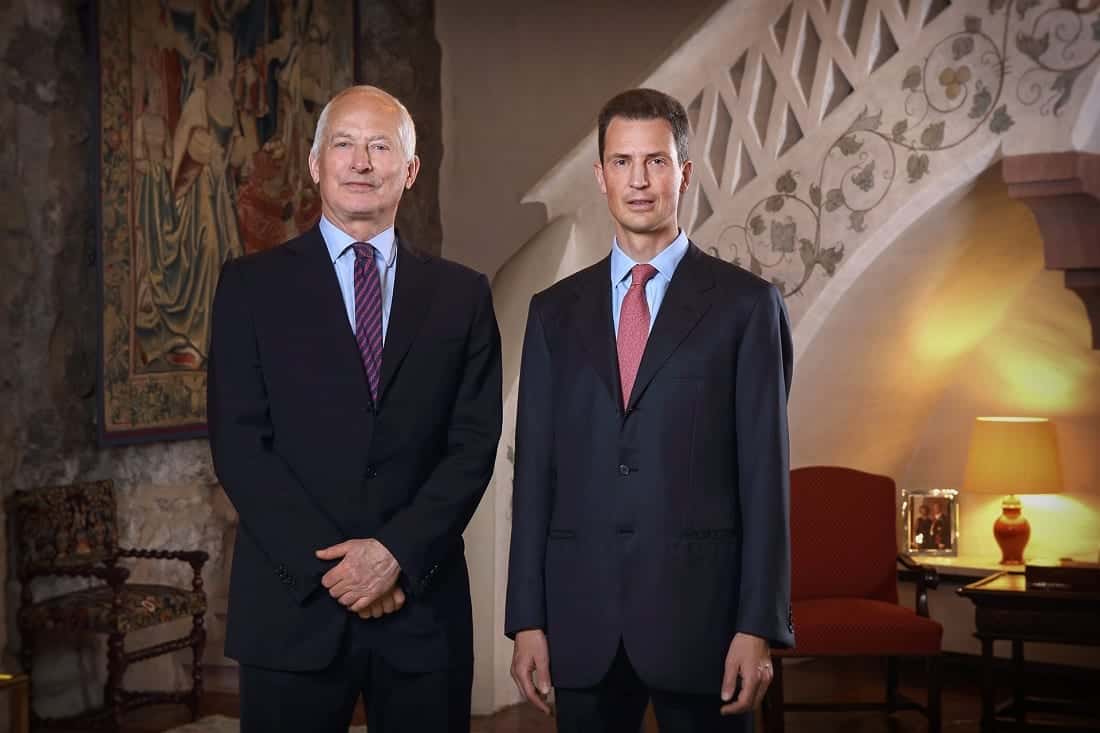
Over the course of several centuries, the Prince of Liechtenstein compiled one of the world’s most significant private art collections, beginning with the purchase of a Rubens in 1643.
Since then, his family has been acquiring an impressive array of priceless artwork. What more do you need to believe in the family’s undying love of the arts?

The Princely Collections, which number close to 1,600 paintings and feature classics from the early Renaissance to the second half of the 19th century, include masterpieces by artists such as Raphael, Anthony van Dyck, Rembrandt, Lukas Cranach the Elder, Frans Hals, Rudolf von Alt, Hans Makart, and Quentin Massys, among others.
13. Al Nahyan Family
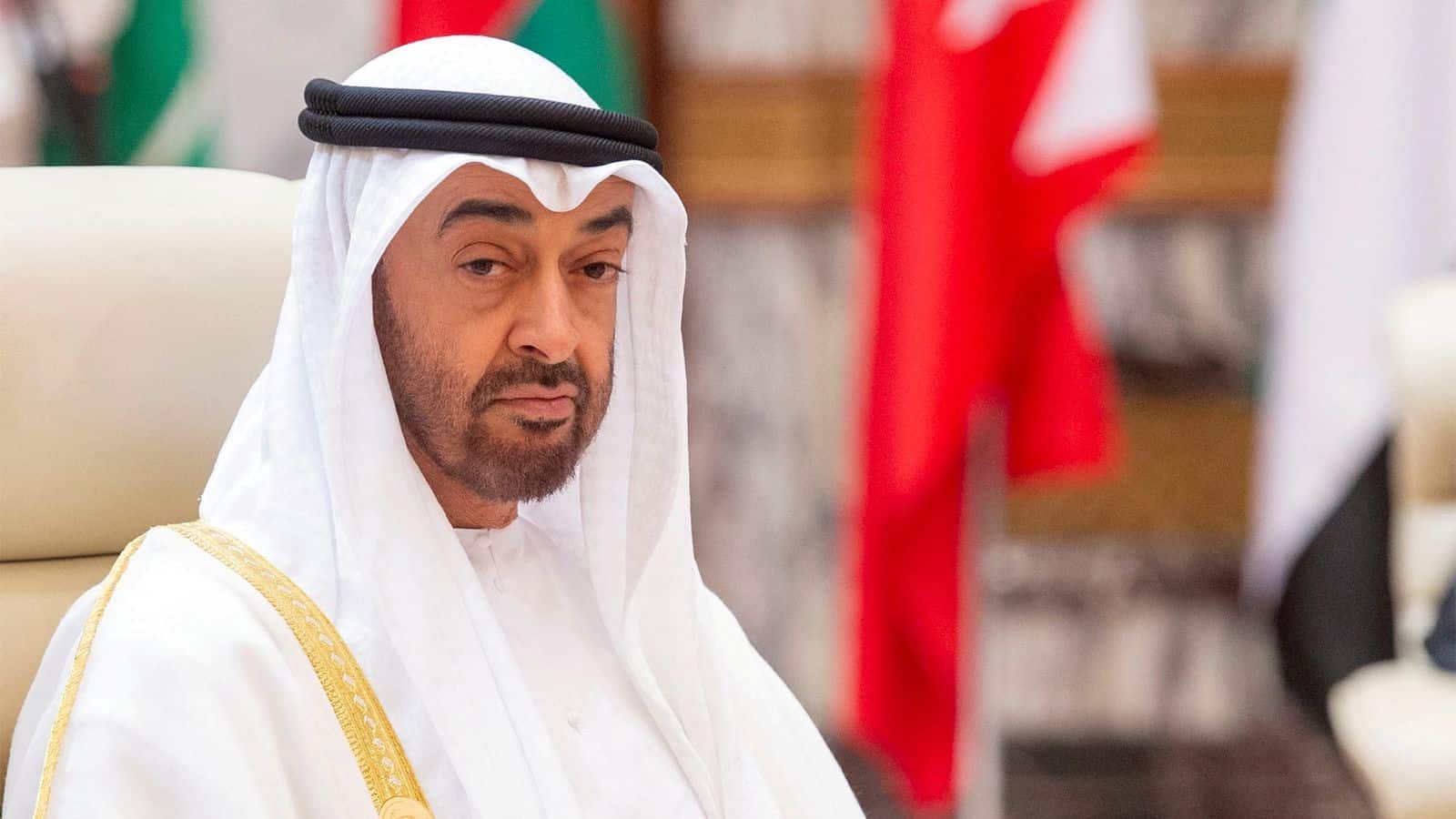
Since 1793, the Al Nahyan family has served as Abu Dhabi’s rulers. Presently, the family is worth approximately $300 billion, mostly thanks to the area’s natural riches. Despite having a population of just above 1,500,000, the city state has 9% of the world’s oil reserves and slightly under 5% of the natural gas reserves.
Nevertheless, that is not the reason they are included on this list. They are here thanks to Sheikh Zayed bin Sultan bin Khalifa Al Nahyan’s involvement with Saadiyat Island, the largest single consortium of world-class cultural resources, including a Louvre designed by Jean Nouvel and a Guggenheim expected to be completed in 2025.
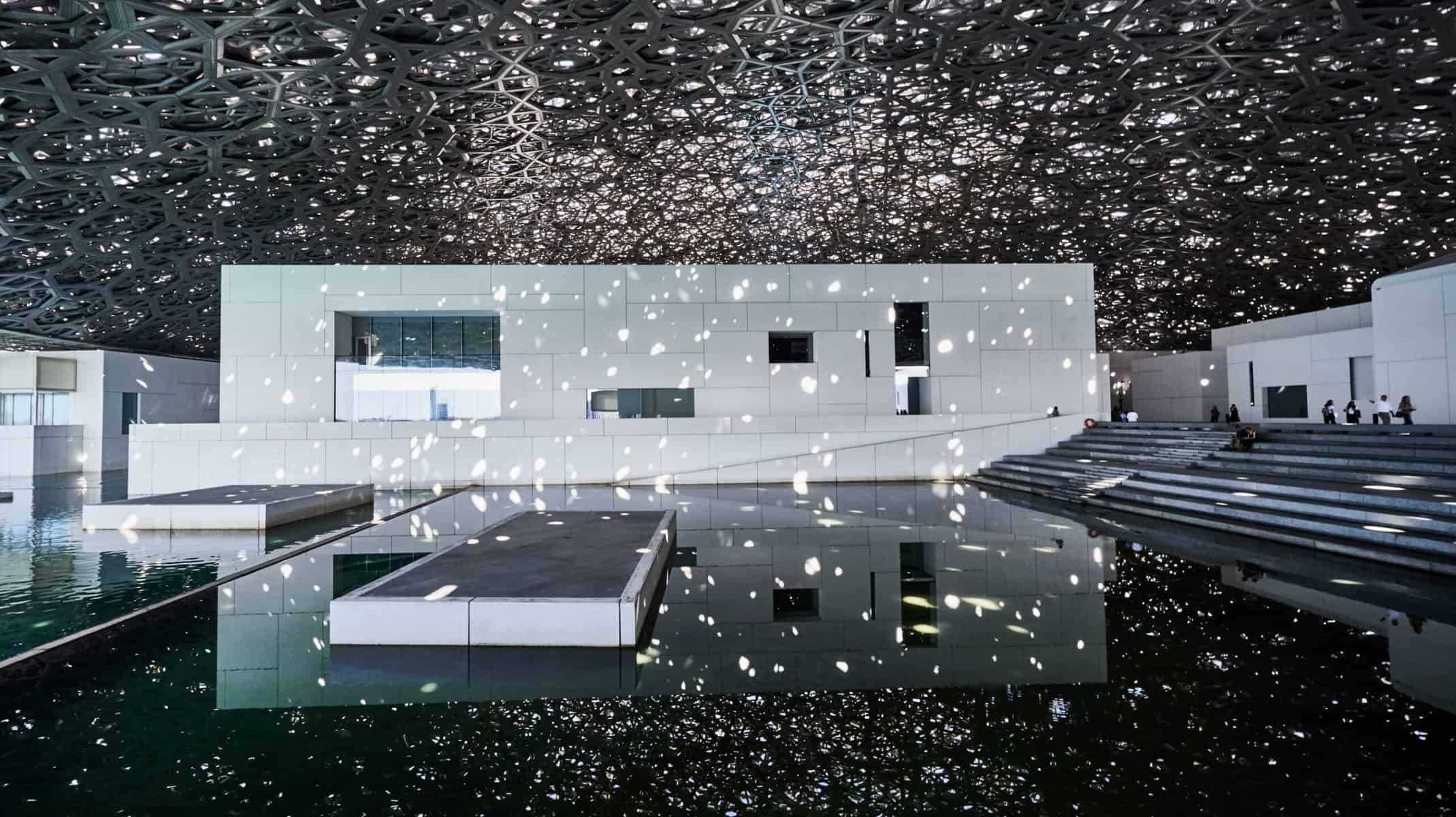
The Louvre Abu Dhabi is the largest museum of its kind in the Arabian Peninsula, with a display space measuring 86,000 square feet. The unique idea for the exhibition looks at the connections between societies and cultures that, at first glance, seem to be far apart in time and space.
In other words, by opening the landmark museum, the Al Nahyan family brought together the United Arab Emirates’ aspiration for cultural progress and transparency with France’s experience in the art-keeping field.
12. Microsoft

Microsoft is the only company on this list with a monumental art collection of more than 5,000 pieces spread out across 180 distinct locations. The focus is on international contemporary art from the last few decades, which is on display for the enjoyment of Microsoft employees, guests, and customers.
The company allocates a fraction of its annual revenue to art. It employs a curator whose primary responsibility is to acquire works by modern artists who are either just starting or are in the middle of their careers. Artists included in the collection range from Chuck Close and Takashi Murakami to Cindy Sherman.

As corporations have become increasingly dependent on their public image and as the concept of art as a financial tool gains momentum, major global businesses may turn into the biggest rivals in the forthcoming art scene.
This is definitely a sign that things are moving in a good direction.
11. Damien Hirst
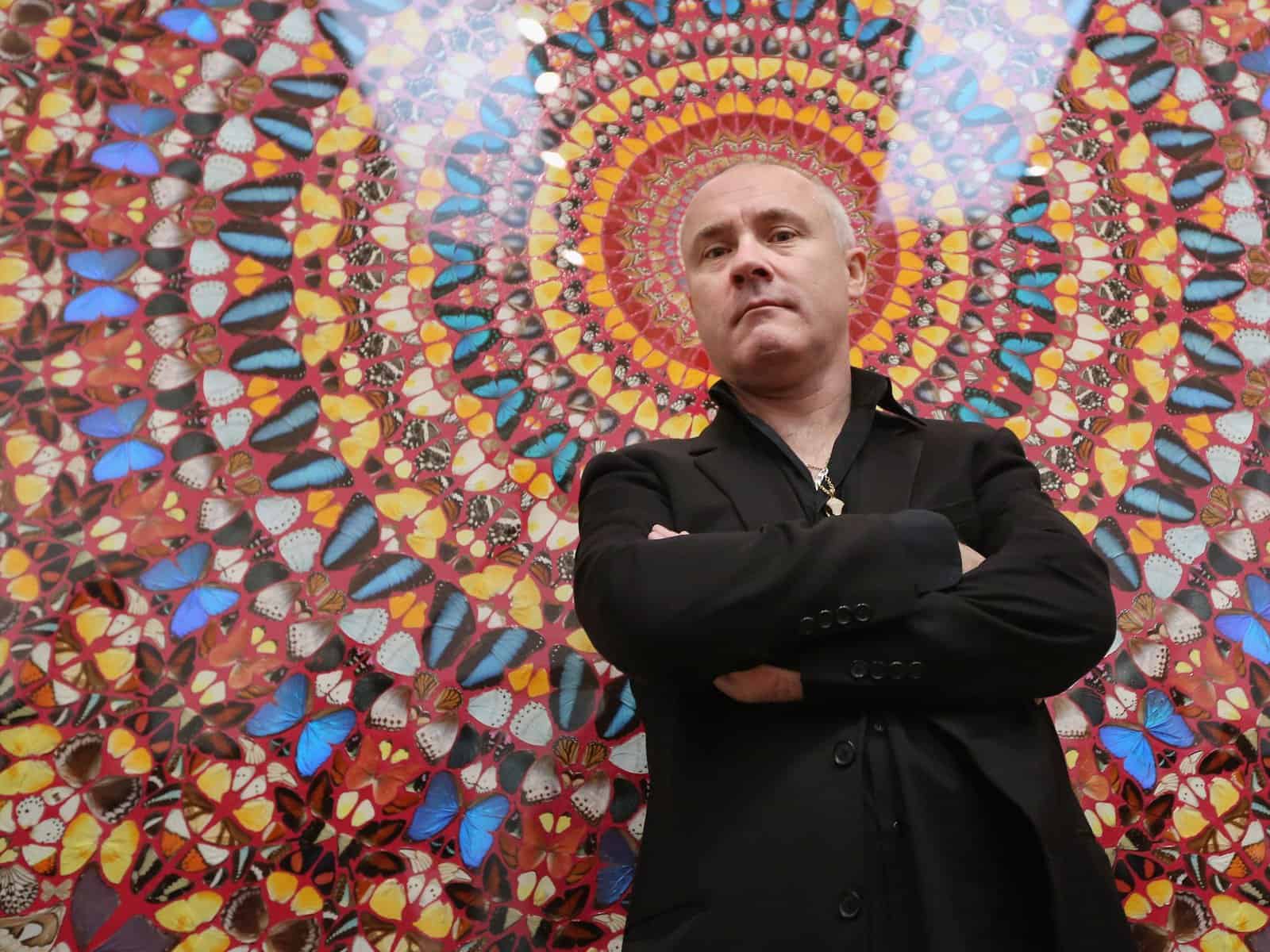
The British artist Damien Hirst is recognized for his belligerent views on beauty and death. In the early 1990s, he was a leading figure in the Young British Artists group that also included Liam Gillick, Tracey Emin, and Sarah Lucas.
When at London’s Goldsmiths, his work attracted the attention of Charles Saatchi, who quickly became a patron of his art. Blending a rebellious perspective with an unwavering aesthetic sense, he has produced some of the most iconic and challenging artworks of the past three decades, thereby redefining art within contemporary culture.

In 1991, Saatchi financed the debut of Hirst’s career by exhibiting “The Physical Impossibility of Death in the Mind of Someone Living,” a massive glass case housing a formolly-preserved Australian tiger shark. In 2012, he exhibited what would become one of the most divisive works in decades: the project “In and Out of Love.”
Later, in 2015, Hirst opened the Newport Street Gallery and did something he had always wanted to do: show people in London art from his own collection. As it is in much of his work, the central theme is death. The collection is primarily British, but it does feature pieces by Andy Warhol and Jeff Koons.
10. Roman Abramovich and Dasha Zhukova
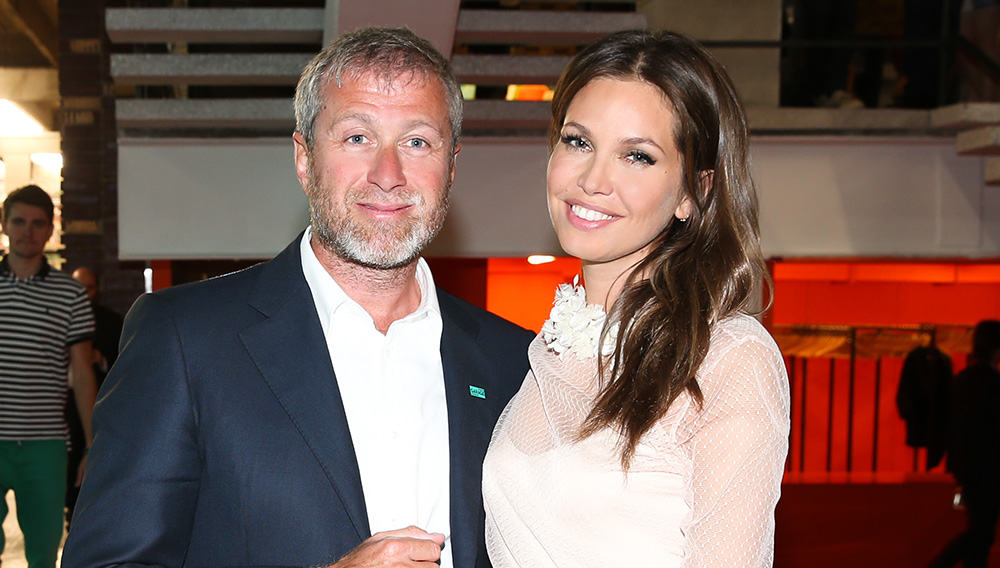
A wealthy politician and entrepreneur, Roman Abramovich is widely regarded as one of the most prominent Russian oligarchs. He became famous as the former owner of the English football club Chelsea, but also because he runs the private investment company Millhouse LLC.
His reported net worth of $8.2 billion is a far cry from his modest origins in Lithuania. By the time he turned 30, he had risen so quickly through the ranks of business that he was already a partial owner of the oil corporation Sibneft. It comes as no surprise that he is also a big player in the global art market.
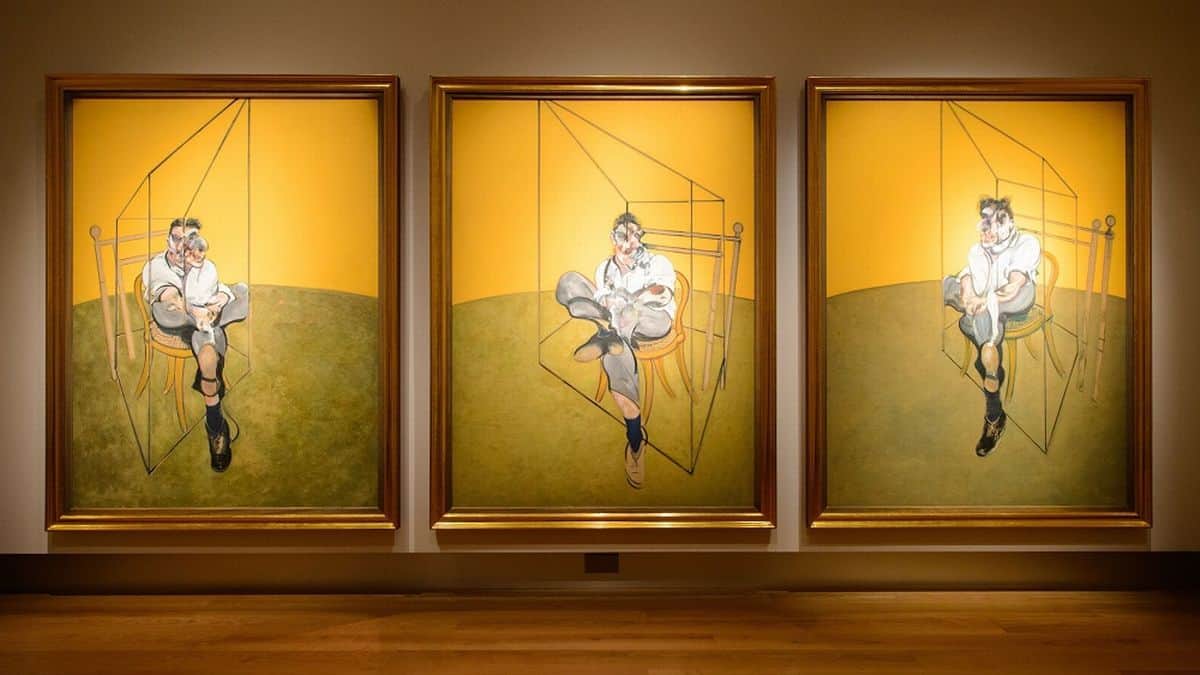
Dasha Zhukova, who is in charge of the Garage Center for Contemporary Culture, most likely influenced Abramovich’s artistic preferences. They both are particularly fond of Ilya Kabakov, but also of such luminaries as Lucien Freud and Francis Bacon.
Reported purchases include Lucien Freud’s “Benefits Supervisor Sleeping” at Christie’s New York for $33.6 million and a 1976 Francis Bacon trifecta at Sotheby’s New York for a crisp $86.3 million, which at the time established a new record for the most expensive item of postwar art that was auctioned off.
9. Daniel Turriani

After reading about the life of Italian collector and businessman Daniel Turriani, whose name frequently pops up in art hierarchies and headlines throughout the world, it becomes clear that his passion for the arts runs deep in the family. In addition to running a successful hotel in Tuscany, his grandfather was also an amateur painter.
He became friends with famous painters like Lucio Fontana, Marino Marini, and Renato Guttuso. Thus, young Daniel was raised in a house filled with masterpieces by these artists. Moreover, his mother’s profession as an interior designer allowed her to further impress upon him the importance of these things.

After graduating with a degree in art history in 1996, Daniel began his career in public relations for his father’s company. His employment put him in touch with a myriad of art collectors, who encouraged him to pursue a career in the field. After relocating to London in 1998, he began working as a private art dealer in 1999.
Daniel is now in charge of the successful art business JT Art Asset, where he helps clients from all over the world buy art. He uses Instagram to actively seek out and purchase works by other artists to add to his own and his clients’ collections.
8. Charles Saatchi
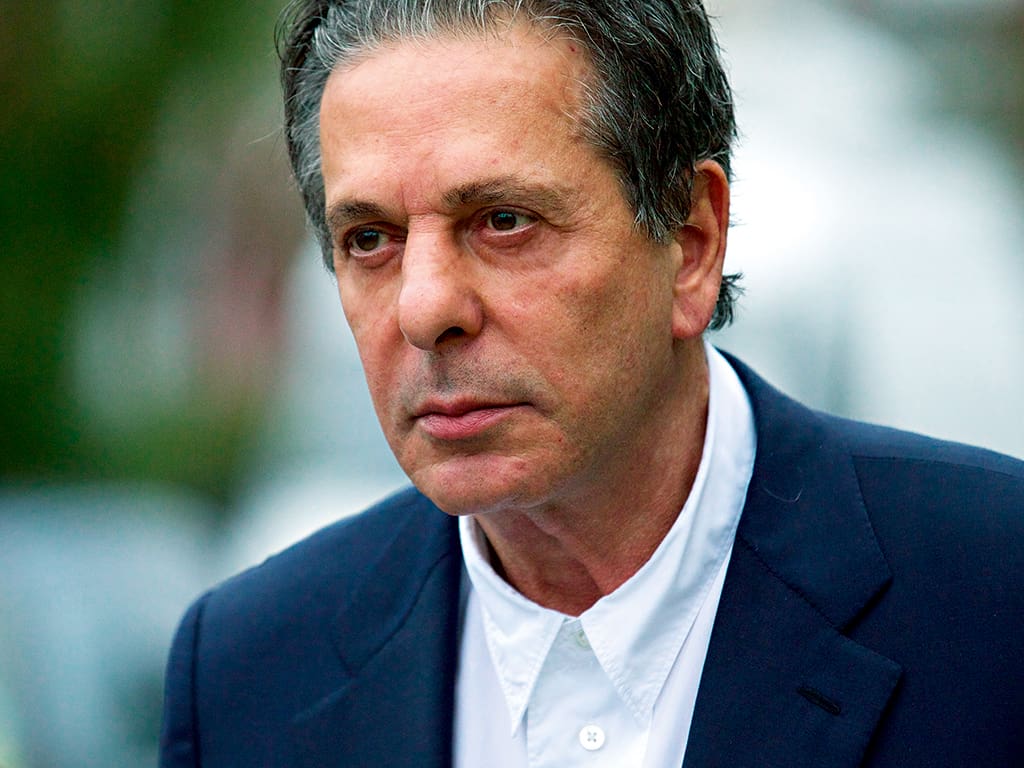
Despite his undeniable prominence in the art world, Charles Saatchi continues to shroud himself in mystery. He is notoriously reclusive, declining to participate in even an episode of his own television show.
Saatchi was born to Jewish parents in 1943 in Iraq, but the family later relocated to London, where his father started a successful textile business. No doubt, working in this industry had a profound impact on a young Saatchi’s outlook on design, which he carried with him throughout his formative years.
Even though he had some early failures in the business world, in 1970 he and his brother Maurice founded the thriving advertising agency Saatchi & Saatchi, which eventually became the largest company of its kind in the world, buying up competitors like we buy groceries.
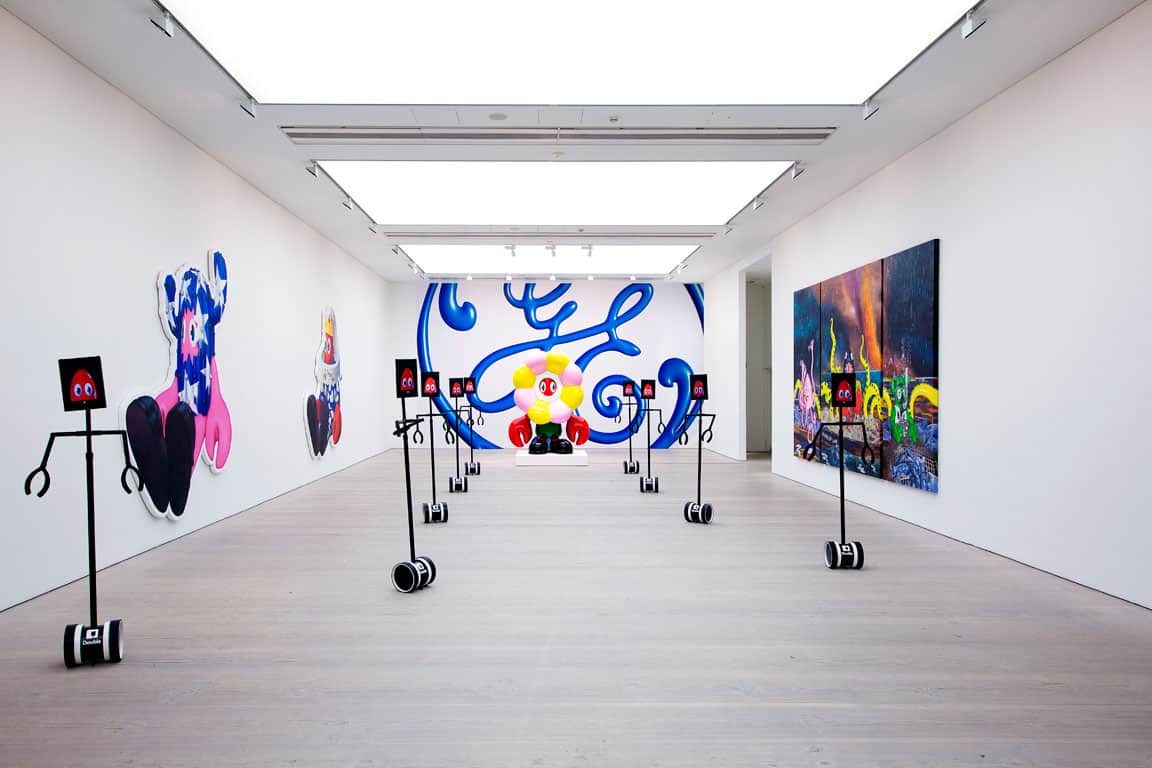
When he finally made it to the United States, he saw a Jackson Pollock work at the Museum of Modern Art in New York and said it was “life-changing.” The rest, as they say, is history. Amid his company’s meteoric rise to prominence, he purchased a massive vacant warehouse in London and converted the space into a gallery.
He filled the Saatchi Gallery with pieces from his large personal collection, which included works by artists like Anselm Kiefer, Donald Judd, and Andy Warhol. In 1985, he made it available to the general public.
7. Bernard Arnault
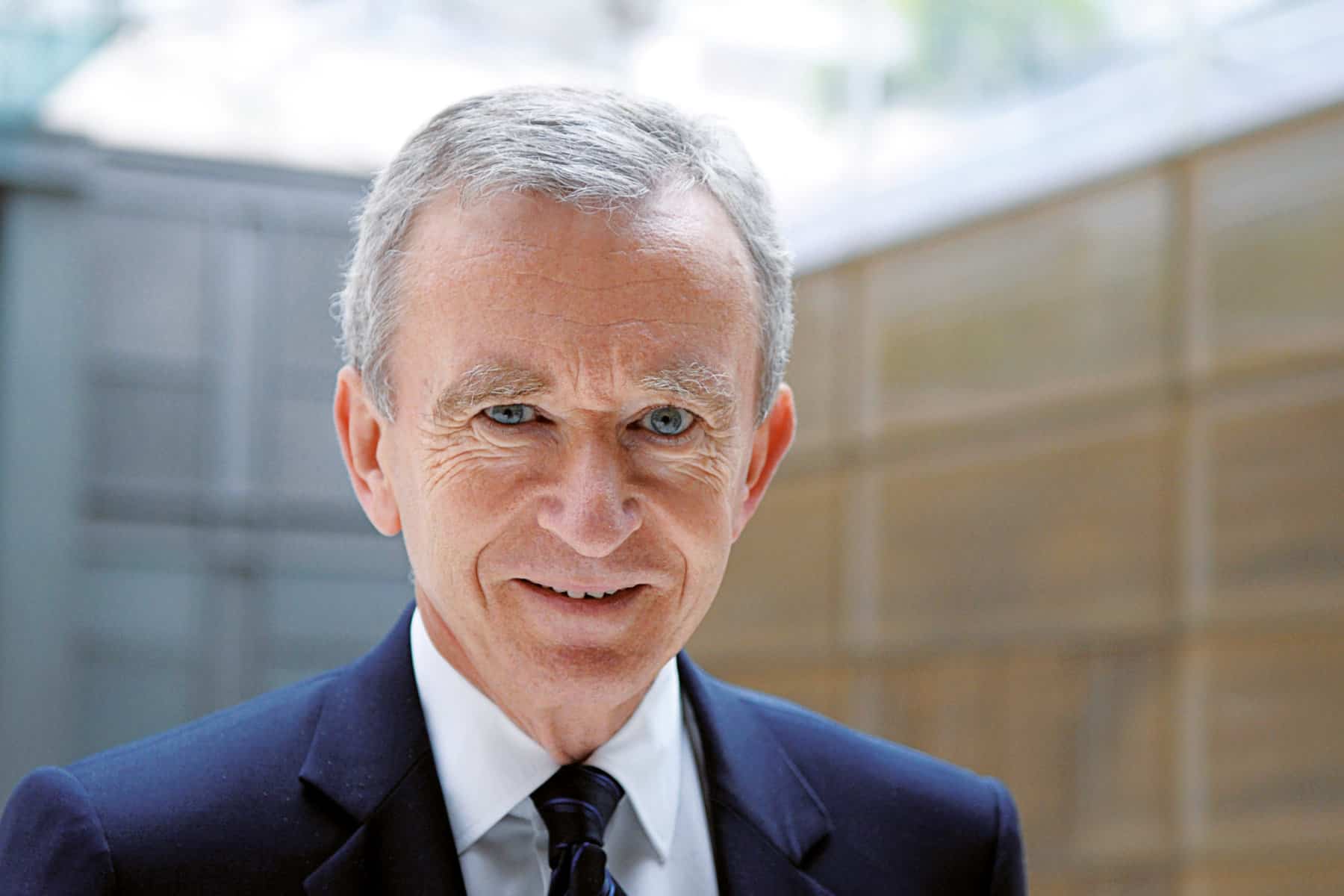
The French collector Bernard Arnault, who also happens to be the CEO of the luxury goods behemoth LVMH, has a net worth that places him third on the Forbes billionaire list, after only Elon Musk and Jeff Bezos. Or sometimes even in front of them.
He was born in 1949 in the northern French industrial city of Roubaix. After earning his engineering degree from Ecole Polytechnique in Paris, he joined the family company in 1971. However, he shifted his focus to luxury products, and in 1984 he acquired the nearly insolvent textile company Boussac, which at the time controlled Christian Dior.
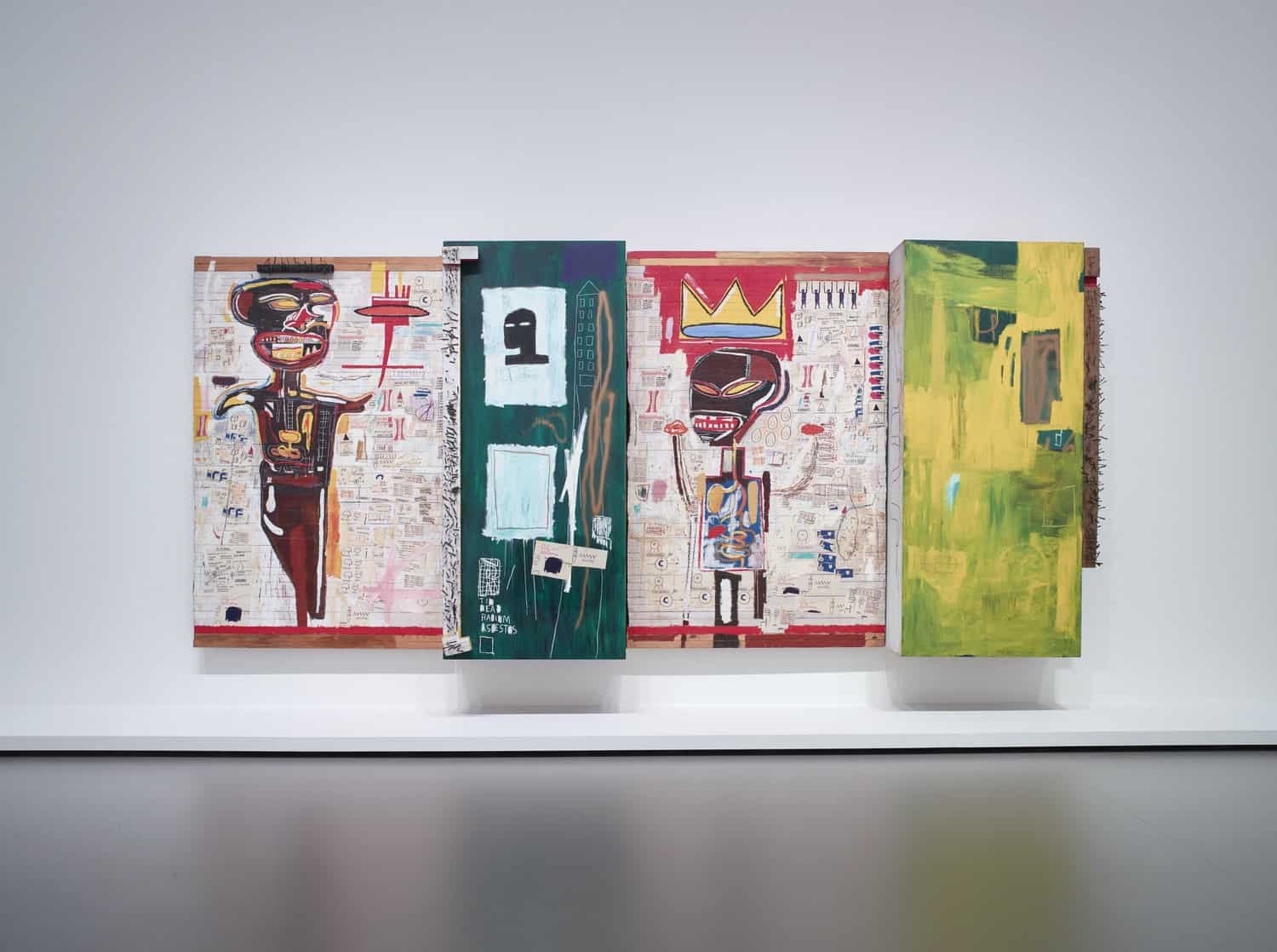
Since 1989, he has held control over LVMH, and due to his aggressive strategy, he has earned the moniker “the wolf in cashmere”. And who doesn’t know about his rivalry with Francois Pinault? This animosity has expanded to business, philanthropy, and art collecting, easily filling a book’s pages.
As per ArtNet News, Claude Monet’s painting of Charing Cross Bridge was the first artwork he purchased. He kept adding to his collection over the years, focusing on the connection between modern artists and the second half of the 20th century, relying mostly on “blue-chip” art. Jean-Michel Basquiat is just one of the important names.
6. Steve Cohen
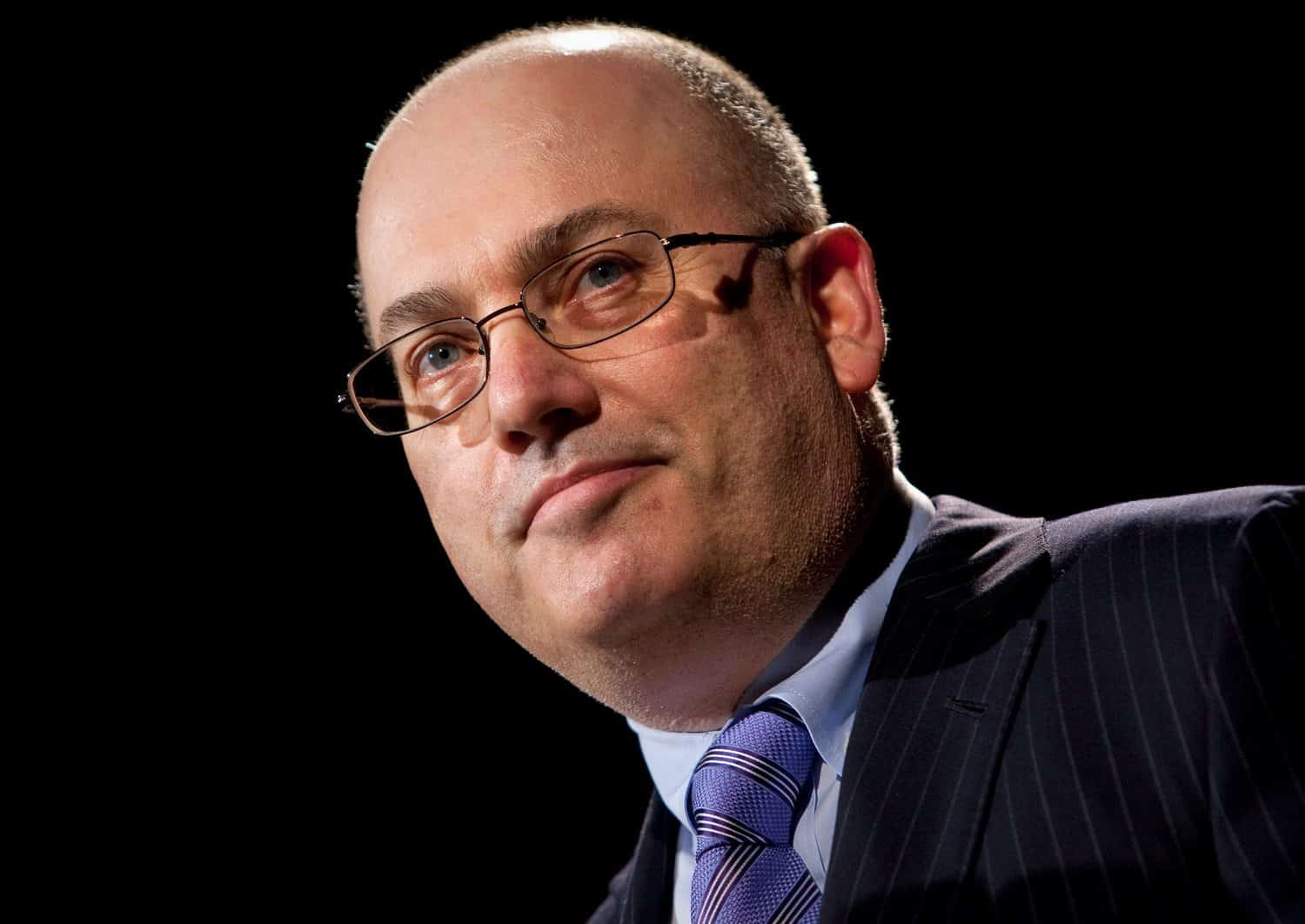
Steve Cohen, a well-known and controversial trader, is also one of the most passionate art lovers in the world. He manages nearly $10 billion of his own money through Point72, his family business. His art collection includes works by Picasso, Andy Warhol, and Jeff Koons and is valued at roughly $1 billion.
A lot of Cohen’s collection is spread out between Point72’s offices in New York City, London, and Stamford. The artworks are moved among those workplaces about once a quarter, a procedure that begins in the afternoon and can last all night.

The pieces are so nonchalantly distributed around the halls that employees brush up against them.
Nonetheless, the billionaire not only purchases artwork from Gagosian, Christie’s, and Sotheby’s but also from other collectors and even likes to go to understated studios and look at paintings by younger artists. Of course, it’s a bummer when work prevents you from appreciating your own collection.
5. Francois Pinault
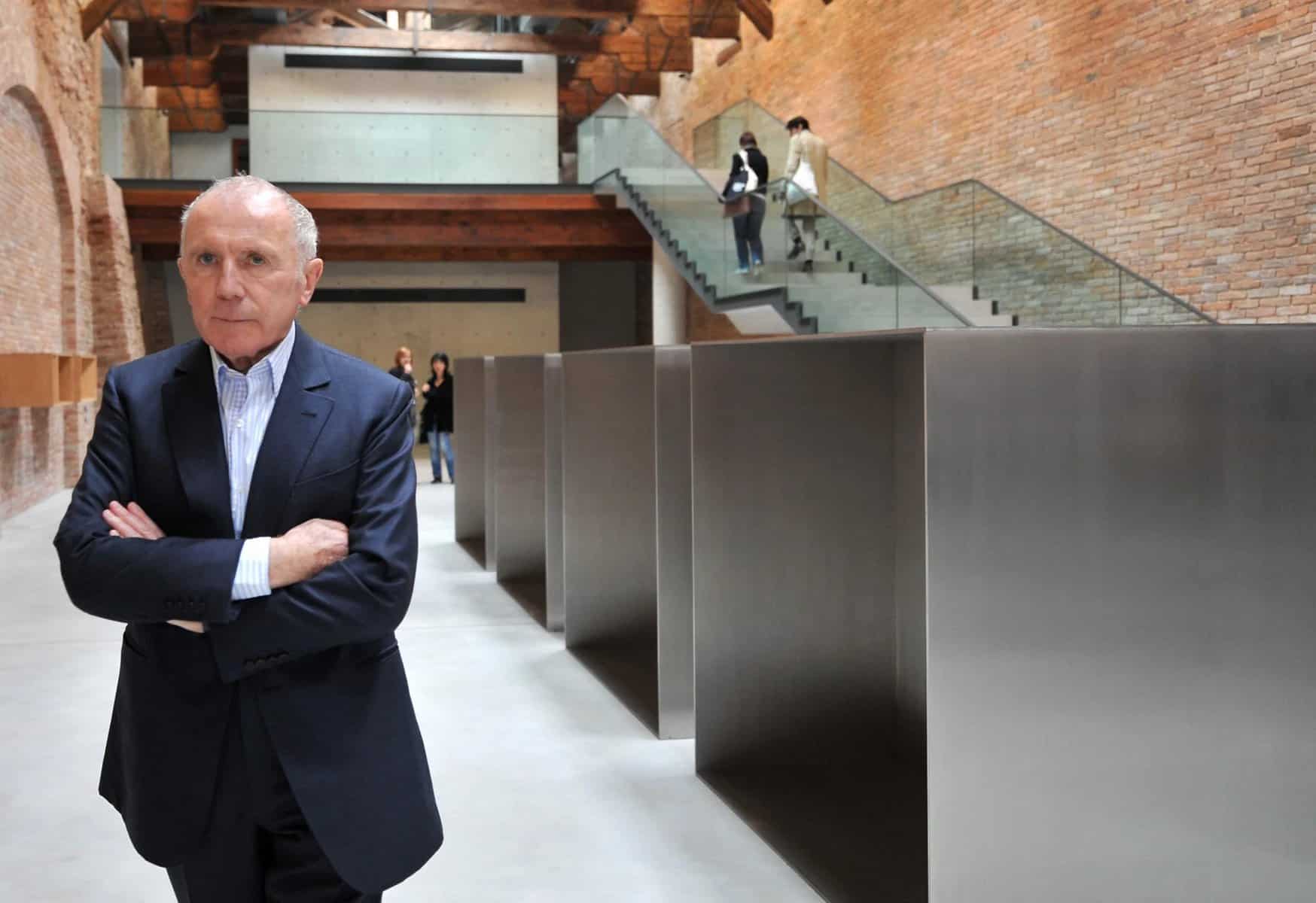
The most successful stories usually emerge from humble beginnings. The year was 1963, and Francois Pinault’s first job was chopping wood. Rapidly developing his expertise, he expanded his logging operation into a thriving timber trading company. In 1988, it went public on the French stock market. He is now worth $40 billion.
Since then, the Pinault Group (now identified as Kering) has purchased the rest of the Gucci Group (which includes Gucci, Stella McCartney, Alexander McQueen, Balenciaga, and Saint Laurent). Among his various holdings are Puma, the French football team Stade Rennais, the Chateau Latour vineyard, and a world-class art collection.
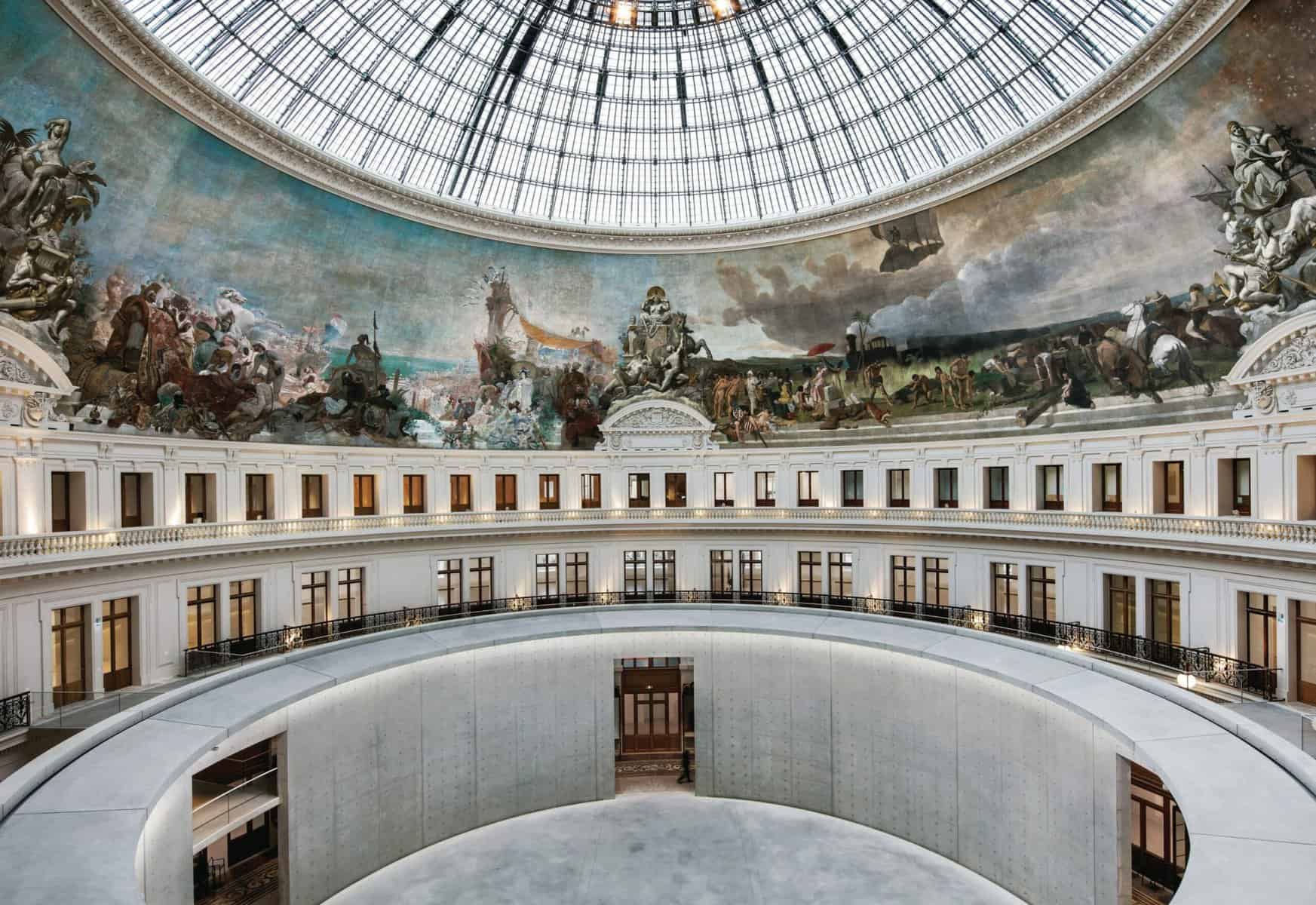
In addition, Pinault is also the owner of Christie’s, one of the most prestigious auction houses in the world. His first acquisition was the $8.8 million “Tableau Losangique II” by Piet Mondrian. Since then, he has amassed an unparalleled collection of more than 3,000 works of modern and contemporary art.
A range of over 200 works from his art collection, including works by Mark Rothko, Lucio Fontana, Damien Hirst, and Jeff Koons, estimated at over $1.4 billion, are on display at the Palazzo Grassi in Venice.
4. Philip Niarchos
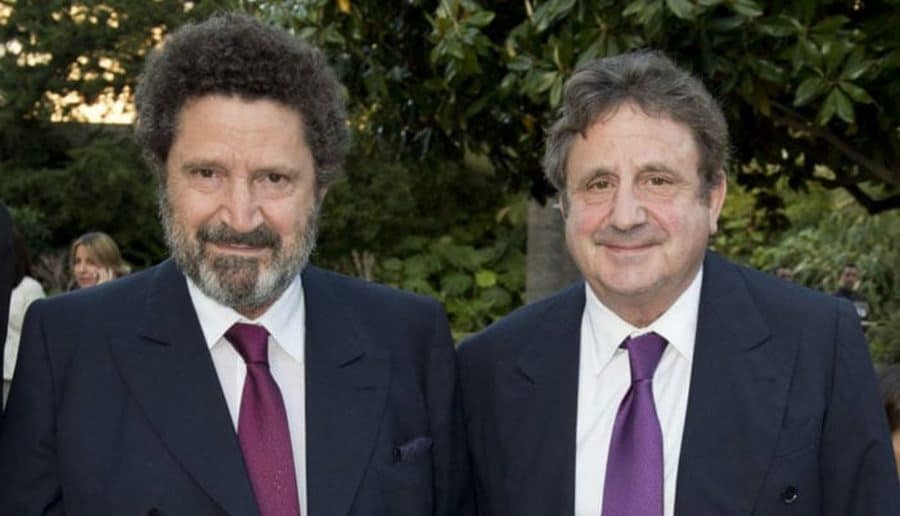
When he passed away in 1996, Niarchos Sr. left behind a massive fortune of almost $5 billion and a collection of masterpieces. It includes the world’s finest private collection of Van Goghs, possibly Paul Gauguin’s most valuable opera in private hands (Riders on the Beach), Picasso’s self-portrait Yo, and El Greco’s exquisite Pieta.
Philip Niarchos, who inherited the collection, has expanded it with postwar and modern pieces, including those by Andy Warhol and Maurizio Cattelan.

He added a self-portrait by Jean-Michel Basquiat for a then-record $3.3 million in 1982, an astounding amount that was much higher than any other work by Basquiat had ever sold for auction.
Forward to 2013, and Basquiat’s Dustheads was in the news again when the Niarchos family auctioned it off for $48.8 million, much above expectations.
3. Eli Broad and Edythe Broad
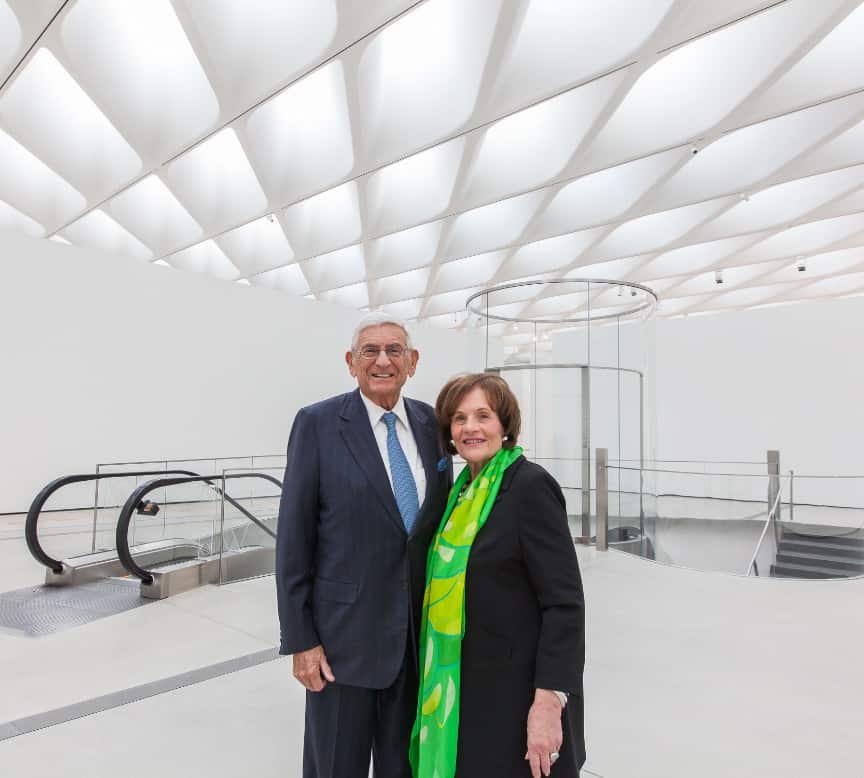
Eli Broad is a self-made billionaire who is sometimes referred to as the “Lorenzo de Medici of Los Angeles” for his extensive charitable giving. Over the past half-century, the Broads have amassed a sizable modern and postwar artwork collection.
Under the premise that the best art collections are built when the art is being created, the Broads began to purchase contemporary art. However, their passion stretches back to 1973, when they bought Van Gogh’s Cabanes Blanches aux Saintes-Maries. Later, they acquired a few more works by Miro, Picasso, and Matisse.

The Broad Art Foundation is home to an impressive collection, brimming with works by prominent contemporary artists such as Jasper Johns, Yayoi Kusama, Robert Rauschenberg, and Ed Ruscha, as well as a significant photography collection and a growing presence of younger artists.
Moreover, Eli and Edythe Broad founded a museum in Los Angeles where visitors can see pieces from their collection at no cost. It’s a remarkable act of selflessness that fits with Broad’s balanced view of wealth; he’s one of the billionaires who have signed The Giving Pledge, committing to give away half their fortunes.
2. David Geffen
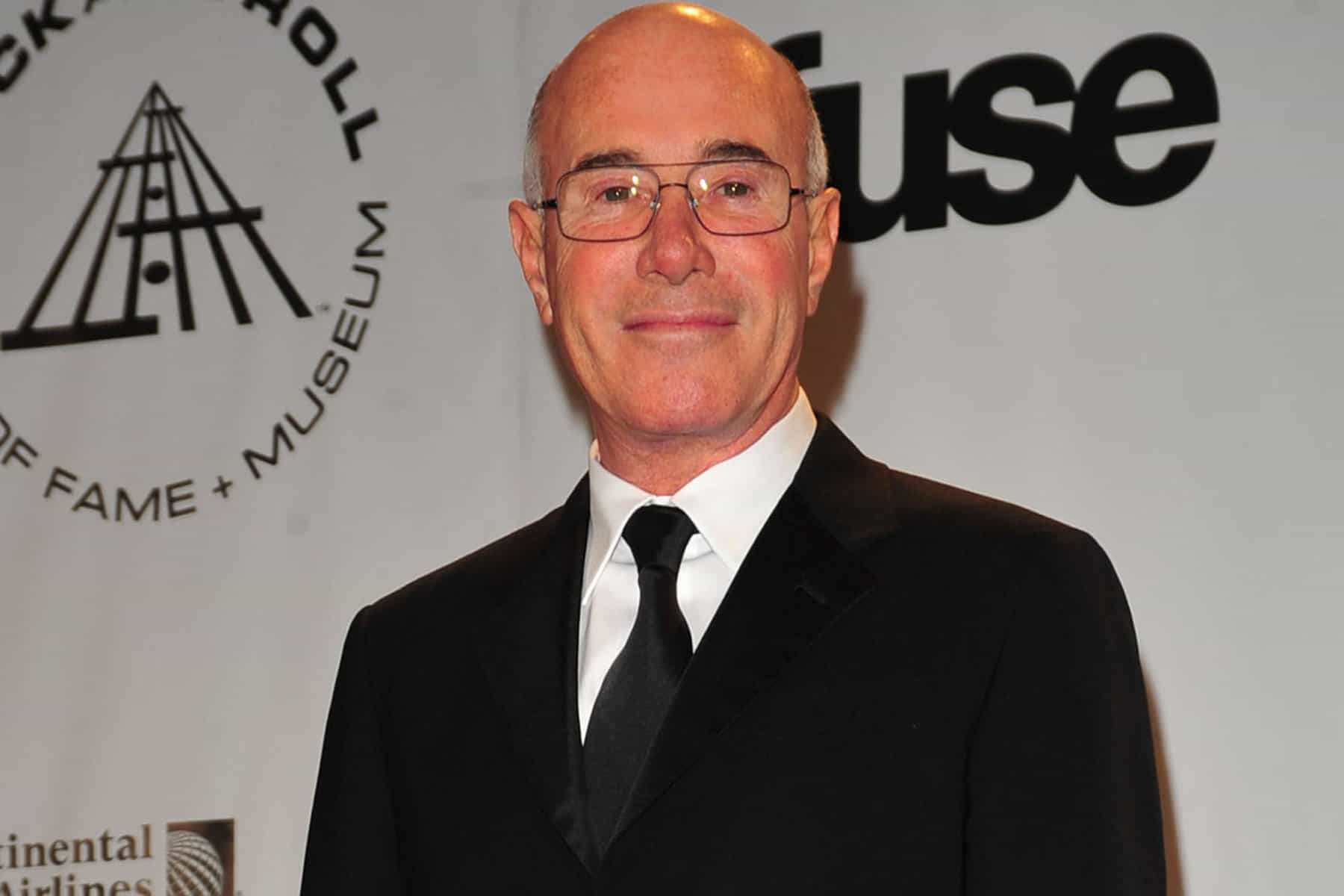
David Geffen once said, “My mother taught me not to get hustled”. She clearly trained him well. Given he owns the largest art collection, who could argue with his reputation as the most astute art market investor?
Born in Brooklyn to Jewish immigrants, Geffen is a college dropout with dyslexia who used a false UCLA degree to obtain his first mailroom job. Fast forward to today, and he owns one of New York City’s priciest apartments and previously sold the Jack L. Warner estate to Jeff Bezos for $165 million, a then-record price for a Los Angeles property.

Over the years, he has also gathered a remarkable collection of art, which features pieces by such luminaries as Jasper Johns, Willem de Kooning, and Jackson Pollock. Though he has parted with two of his most prized works – Pollock’s Number 5 and De Kooning’s Woman III – for $277 million, he still owns several late 20th-century artworks.
With his donation of $150 million to the Los Angeles County Museum of Art in 2017, the largest gift in the museum’s history, the billionaire further drew attention to his charitable efforts. Chapeau, Mr. Geffen!
1. Ezra and David Nahmad
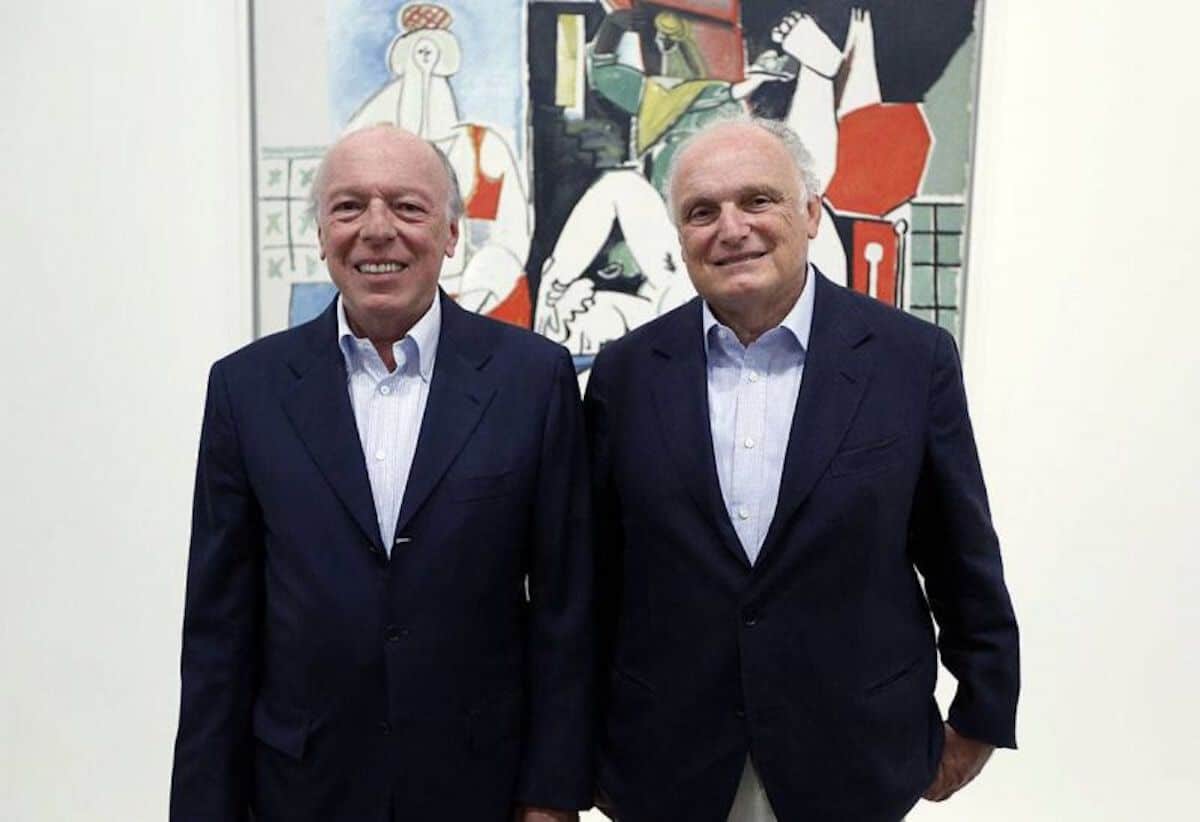
Ezra and David Nahmad are two brothers who jointly own the most significant and valuable art collection in the world. Believe it or not, their plan of action is straightforward: maximize profits. How? Buying a large quantity of artwork, storing it for a time, and then reselling it for a hefty income.
This ruthless, single-minded attitude towards art has earned the Nahmads browbeating fame in the art world, and the level to which they approach art as a commodity to be wagered and traded on has offended many art collectors. However, business is business, and with a background in investment banking, it is hardly shocking.
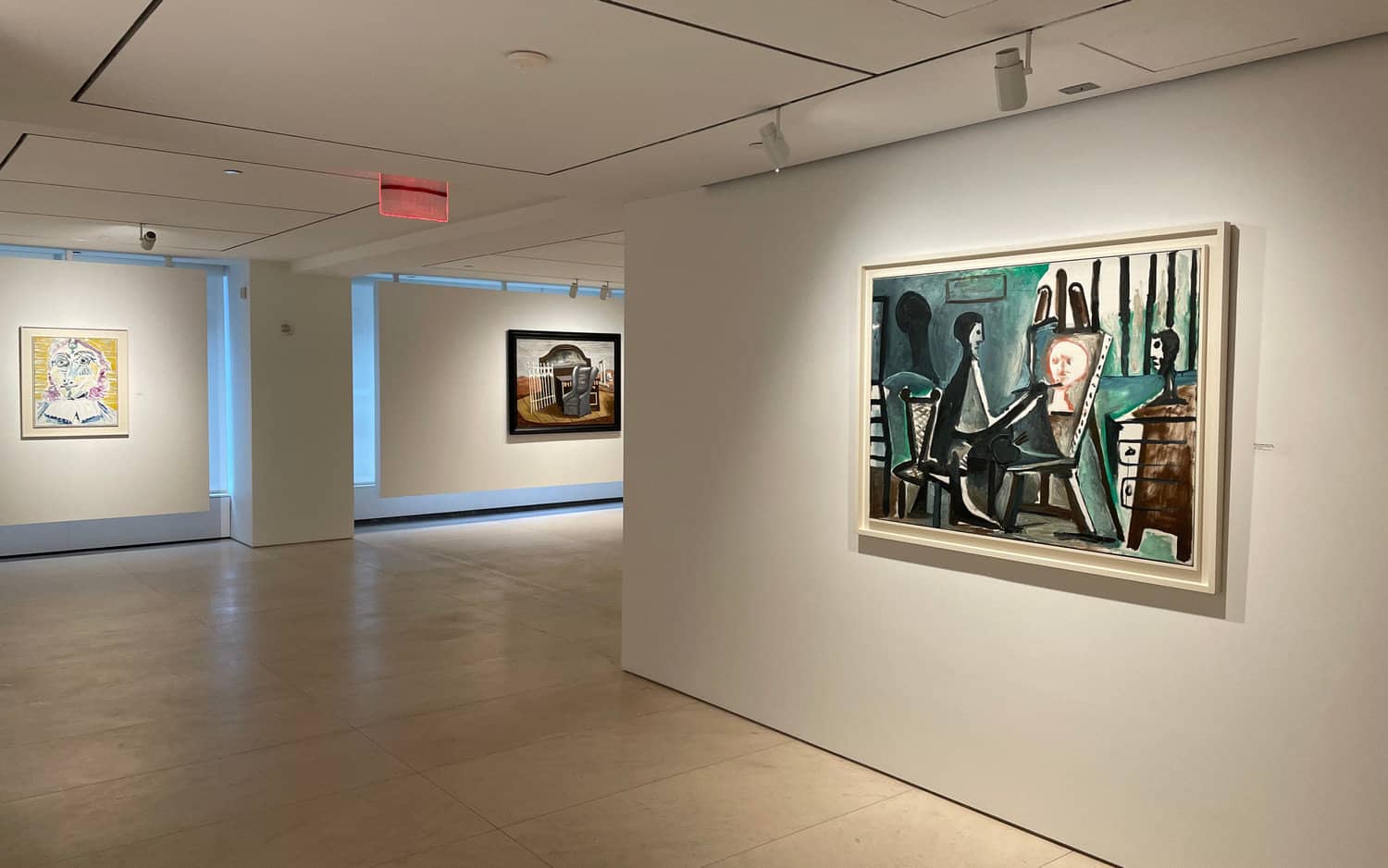
While calling either New York City or Monte Carlo home, Ezra and David Nahmad keep their collection in a warehouse close to Geneva Airport. According to estimates, the storage facility houses around 5,000 works of art with a total market value of over $3 billion.
Monet, Matisse, Renoir, and Rothko are just a few of the more than 30 A-list artists in Nahmad’s collection, which also includes over 300 Picassos and is estimated to be worth more than $1 billion.
Final Words
Most people look up to well-known art collectors as authorities who shape the future of the hobby by establishing norms and trends. Thus, the reputation of famous art collectors tends to parallel that of the works they collect.
Ergo, collecting should originate from a place of personal instinct, and the key is to choose the items you find most meaningful, as the passion behind the collection is what people notice first.
Contents
- Collecting Art in the Area of Fast Change
- 15. Haryanto Adikoesoemo
- 14. Prince of Liechtenstein
- 13. Al Nahyan Family
- 12. Microsoft
- 11. Damien Hirst
- 10. Roman Abramovich and Dasha Zhukova
- 9. Daniel Turriani
- 8. Charles Saatchi
- 7. Bernard Arnault
- 6. Steve Cohen
- 5. Francois Pinault
- 4. Philip Niarchos
- 3. Eli Broad and Edythe Broad
- 2. David Geffen
- 1. Ezra and David Nahmad





